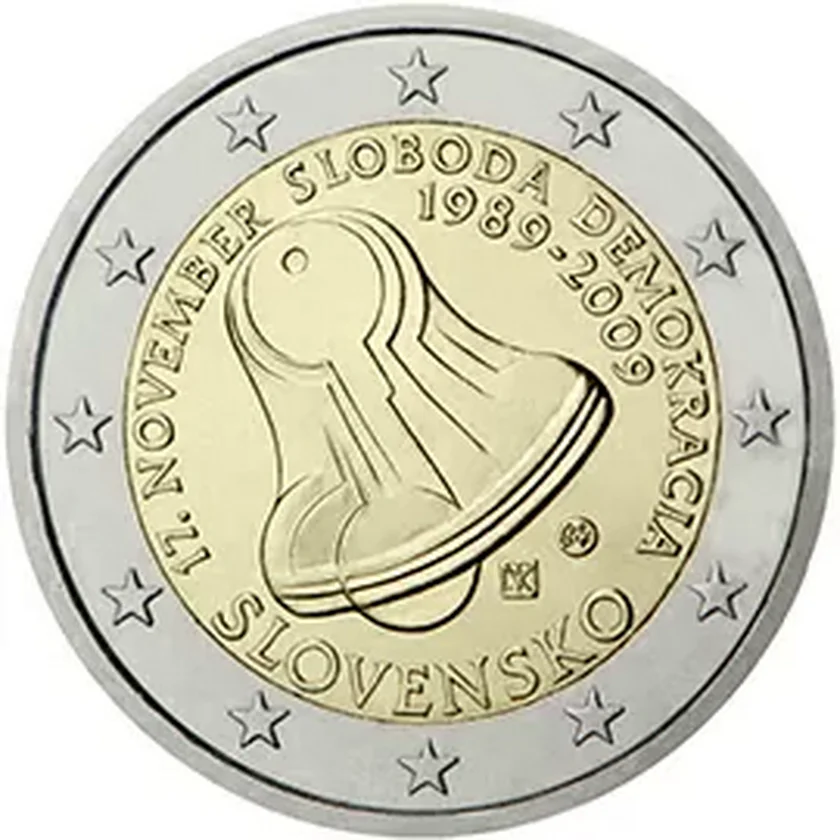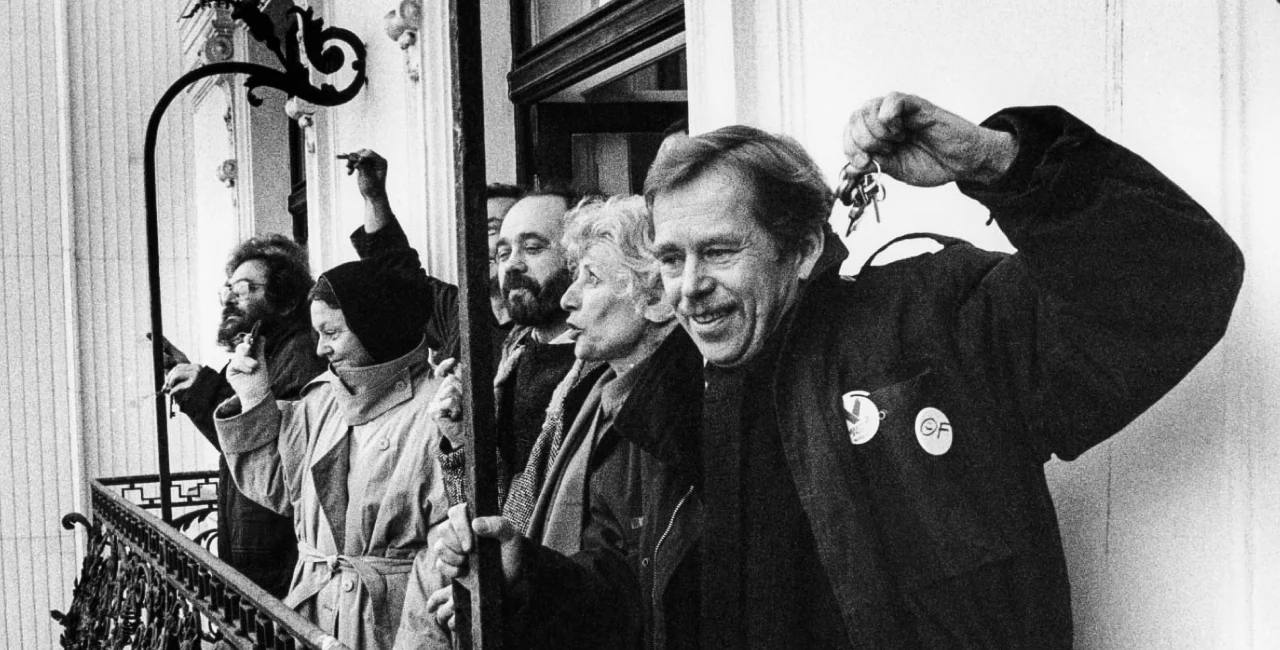Among the massive demonstrations, strikes, and public speeches associated with Czechia’s 1989 Velvet Revolution, perhaps no other sight or sound stands out more than the widespread jingling of keys. What did the keys signify?
Waving goodbye to communism
Still remembered today, the shaking of keys (of any kind) during public gatherings and protests in 1989 was iconic in itself.
PARTNER ARTICLE
During the dying embers of the communist regime, the keys represented both a literal and symbolic form of "unlocking". The demonstrators aimed to unlock the doors of a repressive communist system that had controlled the country for over 40 years. As The Guardian writes, the Czechs aimed to wish the communists a straightforward message: “Goodbye.”
Unlocking Czechs’ future
There was also a figurative side to the shaking of the keys. The act symbolically showed the unlocking of minds and the potential of the Czech people who had long lived under censorship, a lack of freedom, and single-party rule.
Going even further, the gesture symbolized that Czechs themselves – along with their ideas and work – were the keys to the future. The jingling keys gave a joyous, almost celebratory tone to the mass displays of civic participation. They were also used to drum up support – especially effective, as almost everyone would have carried some.
Commemorated decades on
In the 1996 novella Unlocking the Air by American science fiction author Ursula K. Le Guin the jangling of keys play a central role in the liberation of a fictional country call Orsinia. Here the action signaled that the locks of oppression were being undone and that the "air of freedom" was being released.
To mark the shaking keys’ significance, Slovakia issued a commemorative EUR 2 coin on Nov. 17, 2009, celebrating 20 years since the fall of communism. The coin features a depiction of a bell with keys serving as clappers.

In 2009, Czech artist Jiří David collected over 85,000 keys from Czech citizens. He used them to create a "key sculpture,” or klíčová socha. The sculpture spells out the word "revoluce" (revolution in Czech) using the donated keys, arranged on an iron mesh structure. The letters of the word are formed with various fonts, representing different writing styles from a communist-era item.
"KlÃÄová socha" is an #artpiece of Jiřà David,the czech #artist. Take a closer look, you can see that this #artwork is made of real keys, actually iÅ¥s 85k pieces 🔑
— Denis Defrancesco (@defrancescoart) September 24, 2019
The #statue is 7m high-REVOLUTION. Of course the point of it is to remember the Velvet Revolution in Czech Republic pic.twitter.com/4qe9YB22F2
Over two decades later, traditional parades and commemorations during Czechia’s Day of Struggle for Freedom and Democracy continue to feature people jangling their keys as a way of remembering the strife against communism. Past commemorations have also seen students lay keys out on main squares across Czech cities.
To this day, the shaking of keys in Czechia underlines the ushering out of the communist regime and the unlocking of Czechs’ previous confinement – giving rise to a freer future.












 Reading time: 2 minutes
Reading time: 2 minutes 
























